
Trafficking in Persons (TIP) is a grave human rights violation and a serious crime affecting societies worldwide. It victimizes millions of women, men and children, including those most vulnerable amongst migrant communities, asylum-seekers, refugees and stateless persons, and is commonly associated with many other forms of exploitation, such as sexual exploitation, forced and bonded labour, forced marriages and practices like slavery. The brutality and injustice associated with trafficking in persons is immeasurable for each and every victim. Their lives, dreams and expectations are shattered.
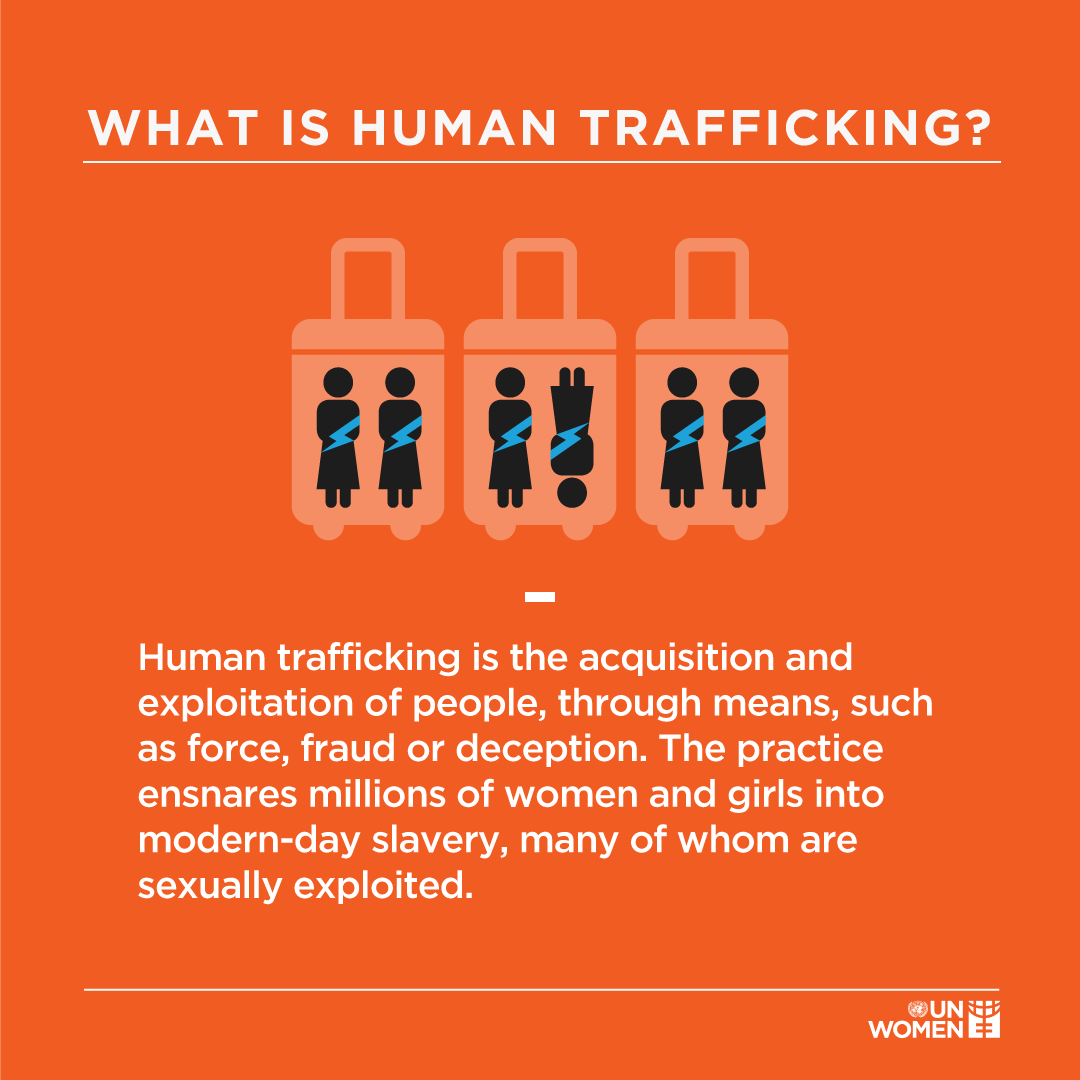
South Asia comprises countries that are source, transit and destination countries for trafficking in persons for sexual exploitation, forced labour, organ removal etc. The region comprises socio-economic inequalities and intense internal migratory flows, the reality in many instances being open and porous borders between some countries of the region. Growing economies, combined with corruption, weak criminal justice systems, unequal law enforcement capacities offer opportunities for organised crime to thrive. UNODC's Global Trafficking in Persons report of 2016 states that about 88% of the detected victims in South Asia are trafficked domestically within this region.
Open and porous borders within the South Asia region have eased trade, but they also pose a challenge for border guards and immigration officers in detecting, identifying and reporting incidents of trafficking in persons. When victims of cross-border trafficking in persons are detected, it is critical to have efficient and timely mechanisms of information sharing between countries, so that victims can be rescued and traffickers arrested immediately.
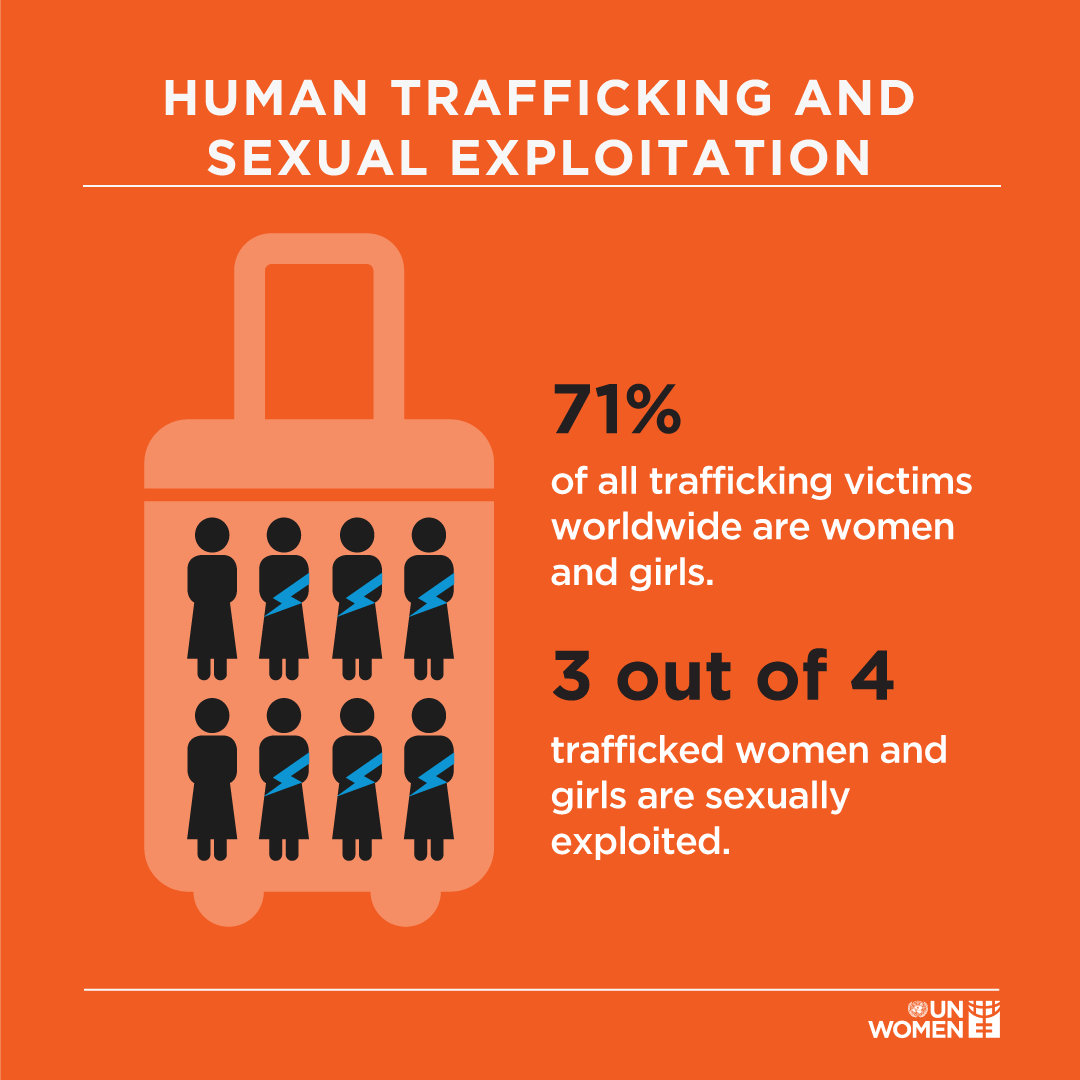
Key cross-border challenges in South Asia include - vulnerabilities faced by these populations due to poverty, gender discrimination and gender-based violence, including as driven by conflict, natural disasters, the re-trafficking of victims, lack of awareness about human trafficking at the borders, insufficient knowledge and skills among border control/ law enforcement officials to identify victims of trafficking and inadequate number of safe shelters at borders. Another challenge faced in the region is also the lack of 'willingness' to cooperate (either bilaterally or regionally) between some SAARC Member States.
The region also faces an increase in child trafficking - for the purposes of bonded labour, domestic servitude, child marriage, illegal adoption, pornography and the expansion of the use of the Internet across the region has enhanced the ways in which sexual exploitation of children can occurs. Although the region records most instances of trafficking in this region for the purpose of forced labour and sexual exploitation, there have been increasing media and anecdotal reports regarding new and emerging forms of TIP for the purposes of forced surrogacy, fraudulent marriages (for the purpose of exploitation), sex tourism, forced begging, medical drug testing, for organ removal etc.
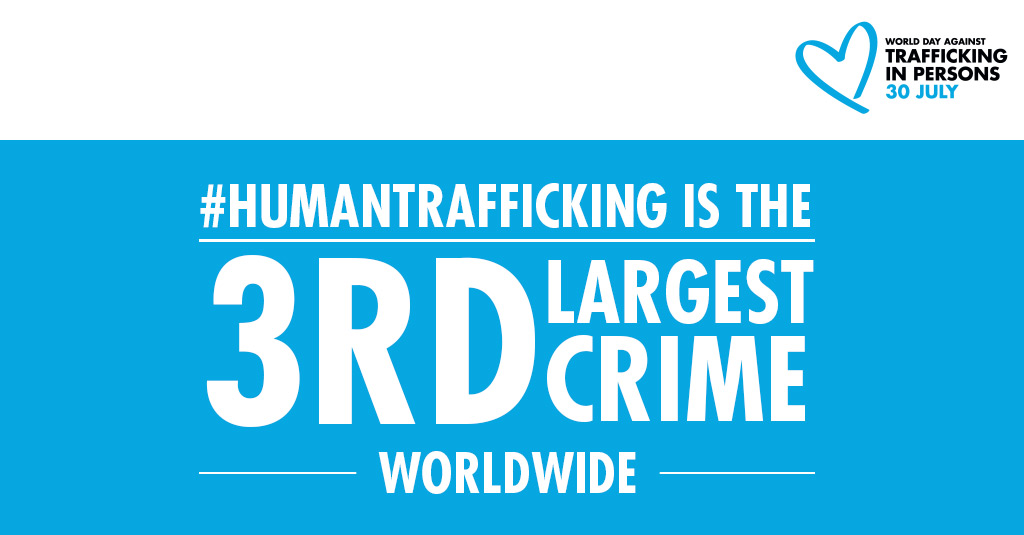
While most countries in the region have some legislation in place to criminalize commercial sexual exploitation, exploitation of children, forced and bonded labour, some lack provisions and procedures for dealing with TIP as a criminal offence and as comprehensively as the UNTOC and its Supplementary Protocol to Prevent, Suppress and Punish Trafficking in Persons (Trafficking Protocol) foresees. Also, among criminal justice and law enforcement authorities there is not yet sufficient experience in detecting and investigating cases of TIP or in international cooperation through mutual legal assistance and extradition.
Cross-border trafficking in persons between Bangladesh, India and Nepal brings with it the additional challenge of how to repatriate the victims. On numerous occasions, victims are rescued, but due to lengthy legal and bureaucratic procedures it can take years for the victim to be repatriated to their home country. The three governments have expressed a strong need to bolster regional and cross-border cooperation to address challenges of rescue and repatriation of vulnerable women, children and men that are trafficked across the borders. Referral mechanisms are needed to protect trafficking victims from being exploited further.
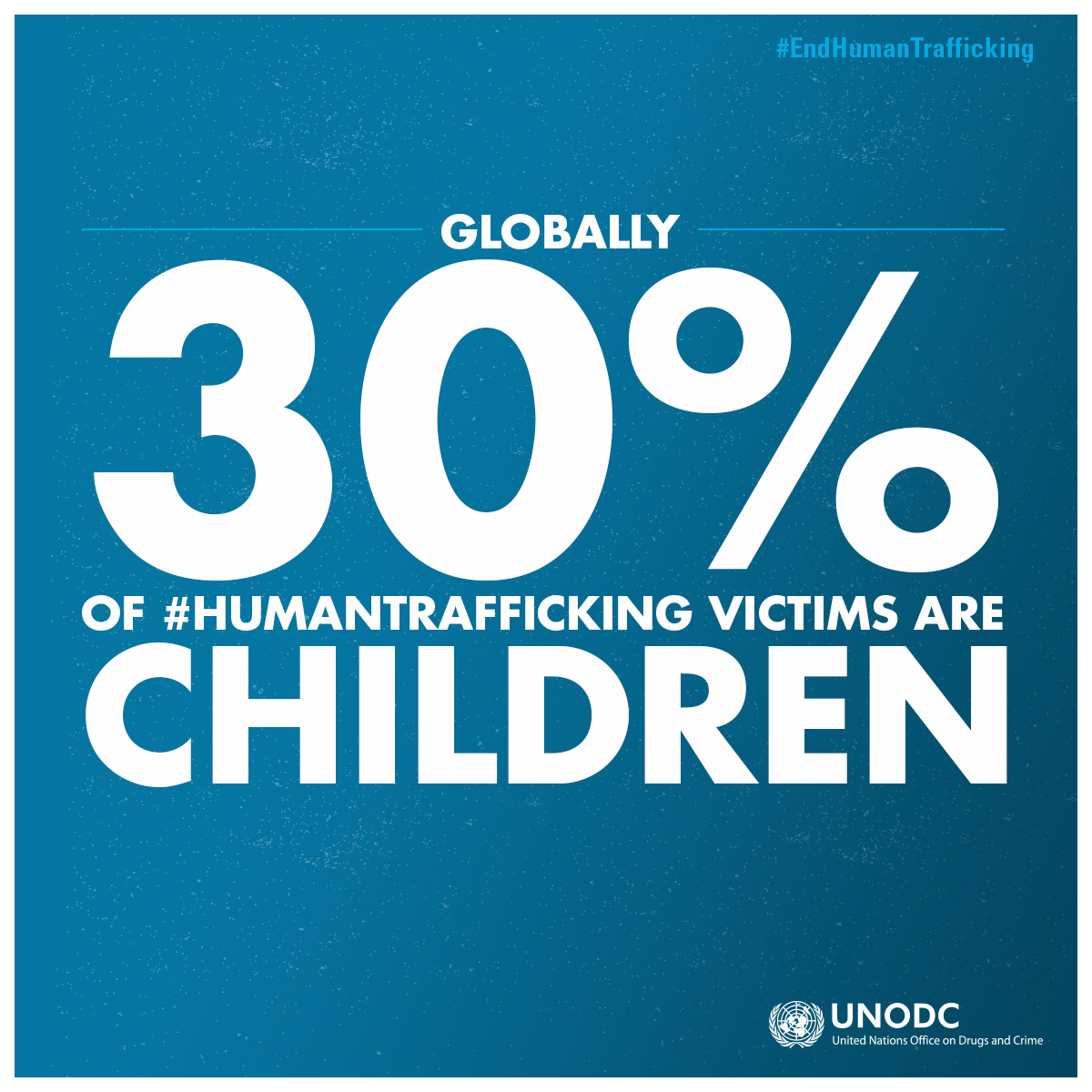
While adequate data from Government collated sources for information related to the smuggling of migrants (SOM) is still lacking; UNODC's recent assessments under its global programme on SOM and GLO.ACT point to a close link between the smuggling of migrants and irregular migratory flows in South Asia. Thus, for instance, evidence shows that the majority of the migrants smuggled through Central Asia come from South Asia, especially from Afghanistan, Bangladesh, India, Pakistan and Sri Lanka. Evidence-based knowledge on migrant smuggling and irregular migration is both scattered and weak. There is no regional reporting system or mechanism in place yet.
South Asia is predominantly a region of origin for irregular migrants to destinations outside, such as: Europe, Gulf States, North America, Oceania and South-East Asia. This is particularly the case for irregular migrants from India, Nepal and Sri Lanka. Although irregular migration from South Asia to far-away destinations is in most cases facilitated by smugglers, irregular migration within South Asia also appears, to a significant extent, to be facilitated by them.
According to UNODC's "Migrant Smuggling in Asia report (2015)", the smuggling of migrants from South Asia mostly takes place to Europe and the North Americas. The smuggling of South Asian migrants by air usually involves the use of fraudulent travel or identity documents that are used to board international flights and pass through immigration controls in transit and destination countries. Fraudulent documents include passports or visas but also birth certificates and other identification papers that can be forged and altered more easily and that are then used to fraudulently obtain travel or identity documents.

Country specific and regional initiatives
- Since 2013, UNODC in South Asia has responded to trafficking in persons and the smuggling of migrants through the implementation of various initiatives, including country specific projects in Bangladesh and Bhutan and two regional initiatives covering Bangladesh, India and Nepal aimed at strengthening cross border collaboration and cooperation to counter trafficking in persons. Under these projects, guidelines and SOPs (Standard Operating Procedures) on facilitating repatriation of victims of cross-border trafficking, scaling up referral mechanisms for protection and assistance to victims were developed, and a workshop on trafficking in persons for organ removal was organised in Nepal.
- Under GLO.ACT-a special UNODC initiative--in 2018, Nepal participated in a multi-country study on the smuggling of migrants--Nepal as a source country and Brazil, Colombia and South Africa as transit countries to assess vulnerabilities and associated risks and the importance of international cooperation and collaboration among countries of origin and transit to address the smuggling of migrants.
- Under its Regional Programme for South Asia (2013-2017), UNODC also supported efforts to address violence against women in India. In 2016, UNODC organized a Training of Trainers Workshop on Effective Prosecution Responses to Violence against Women and Girls, in collaboration with UN Women and the Thailand Institute of Justice, which was attended by prosecutors from 10 Southeast and South Asian countries.
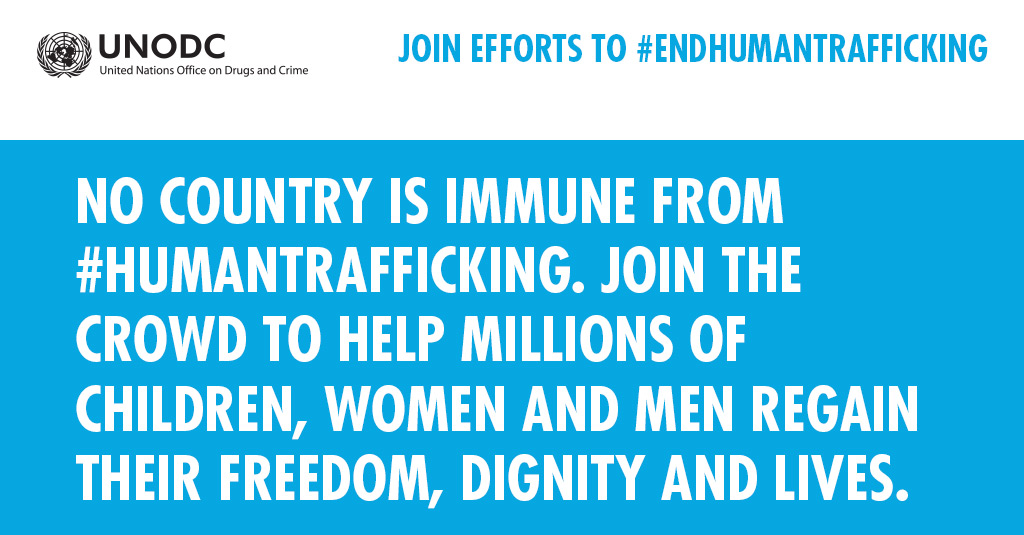
Strengthening Criminal Justice Response
Much of UNODC's work on human trafficking centres on strengthening the criminal justice response by helping countries to develop legislation, institutions and effective law enforcement. Under a partnership with the Indian Ministry of Home Affairs, capacity-building activities in five states of the country included training of police officials and prosecutors, setting up of Anti-Human Trafficking Units (AHTUs), establishment of networks among law enforcement agencies and civil society partners as well as development of resource tools and training aids that were used by law enforcement officers throughout the country. Under this partnership, the launch of 9 AHTUs and training of over 14,000 law enforcement officials contributed to an increased awareness of the issue, skill enhancement, better inter agency coordination and victim - witness protection. Considering the efficacy of AHTUs in addressing human trafficking in a holistic manner, the Government of India replicated this model under their anti-human trafficking scheme. As a result, a 20 per cent increase was recorded in registered human trafficking cases between 2009 and 2010.
In April 2014, UNODC launched a Regional Trafficking in Persons project. The project was jointly launched by the Governments of Bangladesh, India and Nepal. The project ended in September 2017. The project aimed to: (i) strengthen victim referral and protection mechanisms in beneficiary countries, (ii) design and implement measures to prevent cross-border trafficking and (iii) improve cross-border cooperation among relevant actors for rights-based repatriation of victims. The project produced a number of outputs, including:
- Guidelines for putting in place a Regional Referral Mechanism.
- Report on: Cross-Border Human Trafficking: Vulnerability and Support Service Assessment (Bangladesh, India, Nepal)
- Documentation of existing good practice prevention programmes in the three countries
- Comprehensive IEC material (posters, video and audio clips, presentations, etc.).
- Three NGOs, one each (in a border location), in the three project countries, were supported. Altogether 1,022 victims/at-risk persons were extended support and aid in the three countries. In India, an NGO in Assam was supported.
Between June-July 2017, UNODC was requested by India's Border Security Force (BSF) and Sashastra Seema Bal (SSB) to provide technical assistance to conduct training workshops for their forces. IEC material developed under the project was shared with them for wider use and dissemination. In addition, SSB invited UNODC to technically support them to organise a large-scale public awareness event at a key 'hot-spot' district called Sonbarsha, located at the Indo- Nepal border in the state of Bihar.
- Comprehensive research on Trafficking in Persons in the region
- Focus on new and emerging forms, child trafficking and sexual exploitation in the context of tourism Targeted data collection on Smuggling of Migrants
- Training of law enforcement and border security officials
- Assessments of existing mechanisms, legislations and policies and strengthening of inter-agency cooperation/coordination
- Establishment and strengthening of knowledge/information sharing national/regional platforms, development of rehabilitation and referral mechanisms and development of protocols on the protection of the rights of victims;
- Public awareness campaigns
- Legislative assistance and policy guidance
- Exchange of good practices and international expertise
Areas of focus under the Regional Programme for South Asia include building synergies with existing UNODC programmes, comprehensive research on TIP, with a focus on new and emerging forms; child trafficking and sexual exploitation in the context of tourism; targeted data collection on SOM; training of law enforcement and border security officials on detection and investigation of TIP and SOM cases; assessments of existing mechanisms, legislations and policies and strengthening of inter-agency cooperation/coordination in the context of both TIP and SOM; establishment and strengthening of knowledge/ information sharing national/regional platforms, development of rehabilitation mechanisms for victims of TIP as well as smuggled migrants, including referral mechanisms, development of protocols for safe repatriation of victims of TIP or the protection of the rights of smuggled migrants; and finally initiatives to increase awareness on TIP and SOM.UNODC also stands ready to deliver assistance in legislative drafting and in other areas to enable each country to fill the above-mentioned gaps or to amend inadequate provisions. This can be facilitated especially through the UNODC-developed model laws on TIP and SOM.
For more details, connect with us on:
Bangladesh: Mr. Mahdy Hassan, muhammad.hassan[at[un.org
Bhutan: Ms. Tandin Wangmo, tandin.wangmo[at]un.org
India/Regional: Ms. Deepika Naruka, deepika.naruka[at]un.org
Maldives: Mr. Enrico Bonisegna, enrico.bonisegna[at]un.org
Nepal: Ms. Reena Pathak, reena.pathak[at]un.org
Sri Lanka: Ms. Anusha Munasinghe, anusha.munasinghe[at]un.org
Communications/Partnerships: Mr. Samarth Pathak, samarth.pathak[at]un.org

